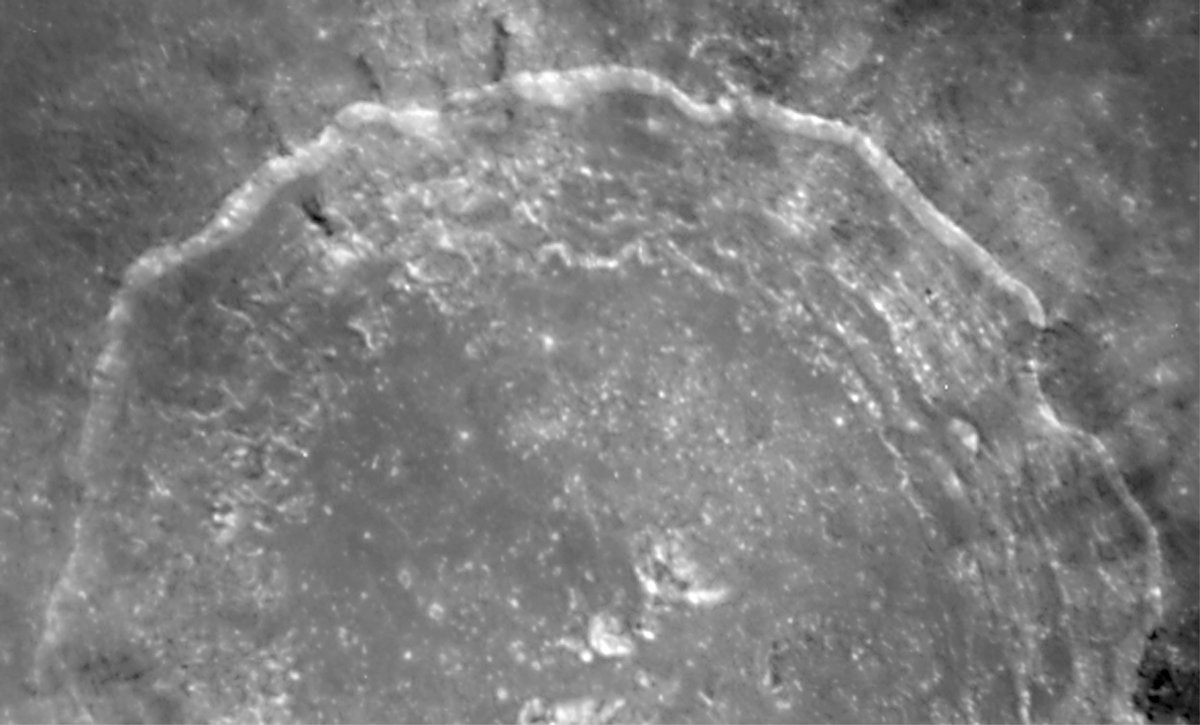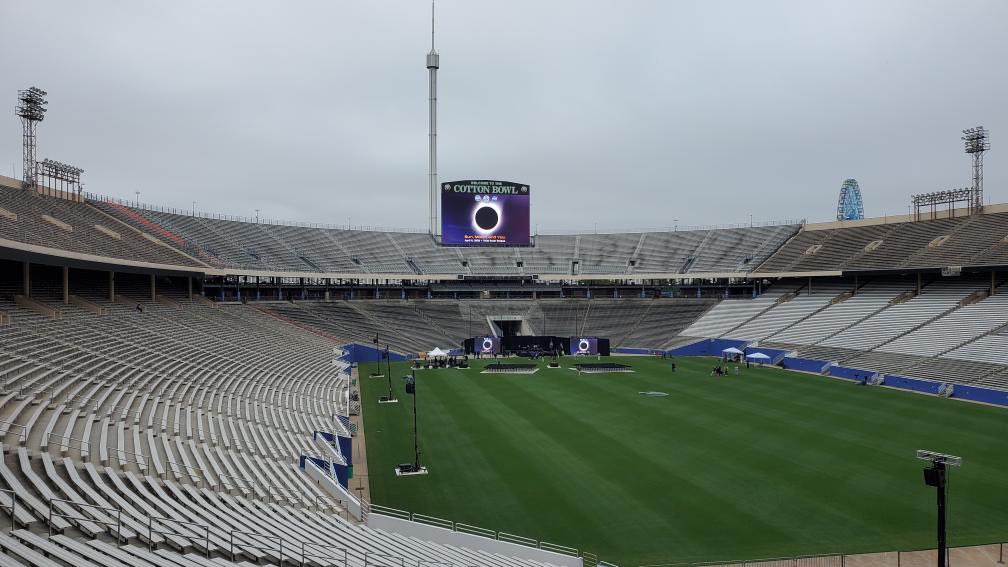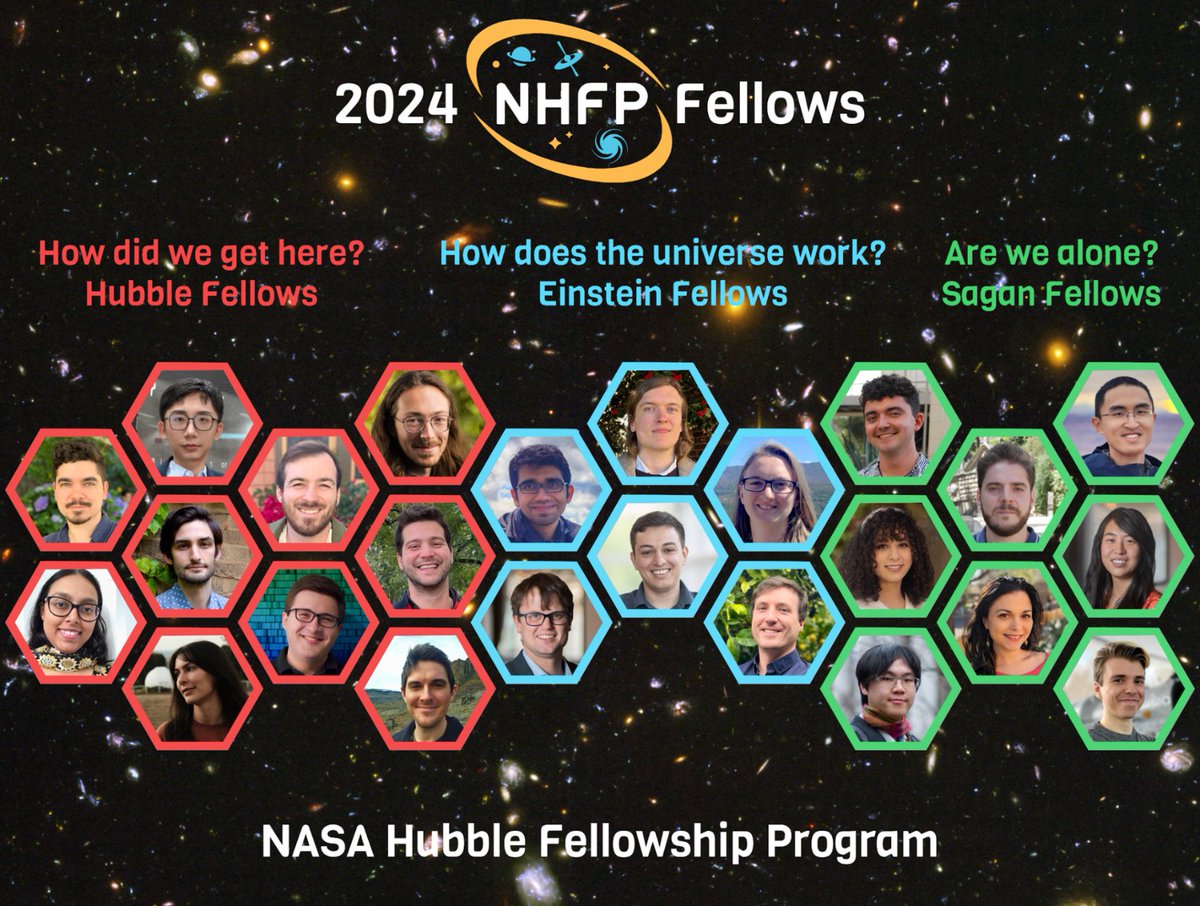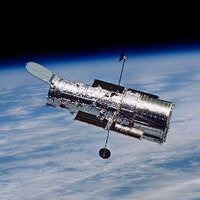
Hubble
@NASAHubble
The official X account for the NASA Hubble Space Telescope, managed and operated by NASA's Goddard Space Flight Center.
ID:14091091
http://www.nasa.gov/mission_pages/hubble/main/index.html 06-03-2008 20:15:02
7,5K Tweets
9,0M Followers
70 Following
Follow People


Good news from our future telescope teammate Nancy Grace Roman Space Telescope – its mirrors passed vision testing!
Roman has a primary mirror the same size as Hubble’s primary mirror, but with a larger field-of-view to gather sweeping survey observations of our universe once it launches in 2027. ⬇️


Meet NGC 2146.
At 70 million light-years away, the galaxy in this #HubbleClassic view has an odd feature seen at front-and-center.
One of its spiral arms looks looped in front of the galaxy's core, likely caused by a nearby galaxy's gravitational pull: go.nasa.gov/4d16jgn
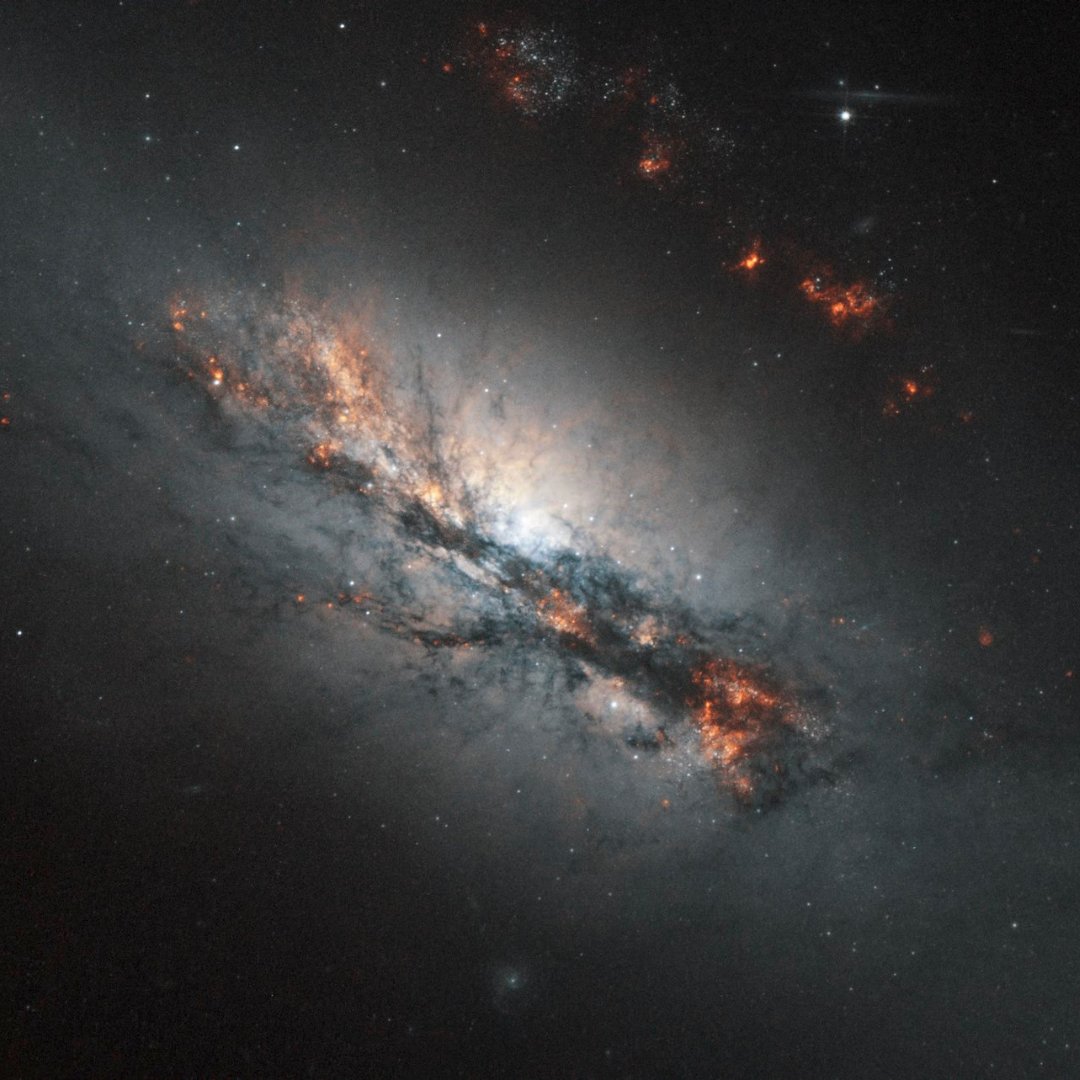

Hubble helped show what humans are capable of in space. 🧑🚀
Astronauts went on five servicing missions to the telescope, completing complicated spacewalks to repair and upgrade Hubble.
Learn more for #InternationalDayOfHumanSpaceFlight : go.nasa.gov/3vRxuK4


A hundred million light-years away, billions of stars shine in the galaxy IC 4633.
This #HubbleFriday image shows a hub of activity and starbirth – but you might notice in the lower right regions, it's a little obscured by a nebula within our own galaxy: go.nasa.gov/49yFmha
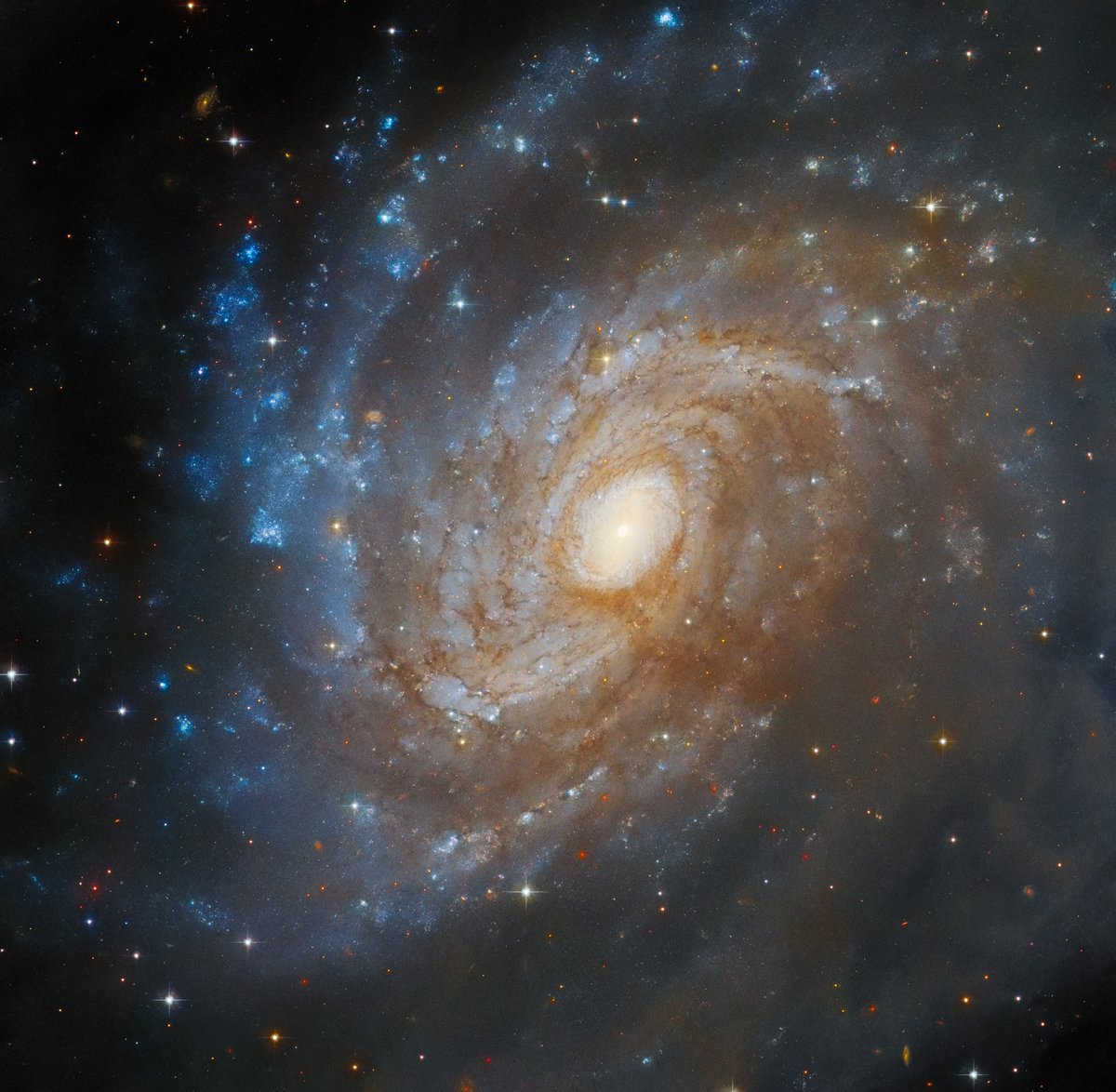

Originally released in celebration of Hubble's 100,000th orbit in 2008, this #HubbleClassic image shows a spectacular scene of starbirth.
About 170,000 light-years away, this nebula is in the Large Magellanic Cloud, a satellite galaxy to our Milky Way: go.nasa.gov/4cMB0pM
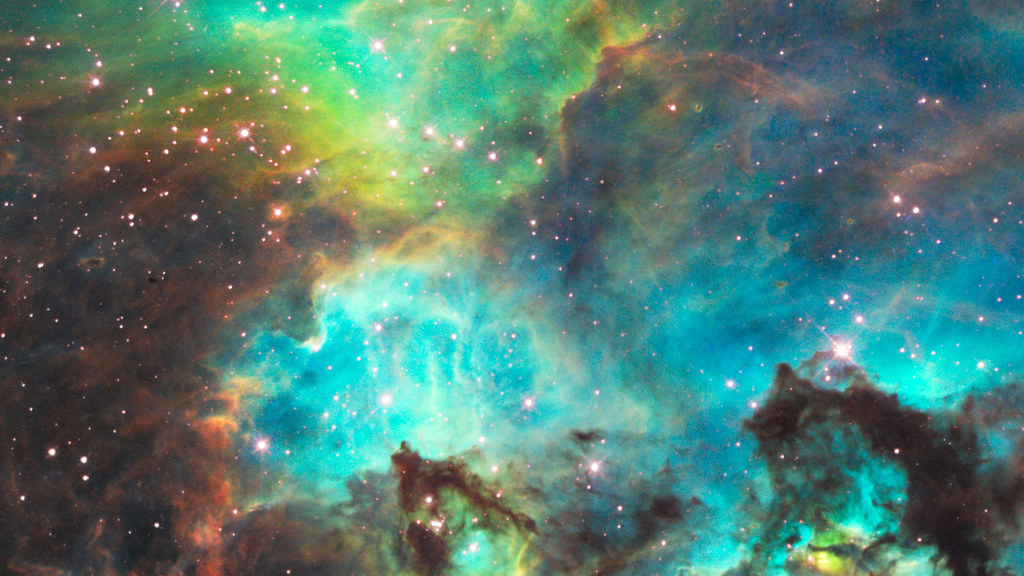


Happy #NationalLibraryDay ! 📚
Celebrate with a new Hubble e-book, all about the mission's recent discoveries about dark matter and dark energy – two mysterious and fundamental components of our universe.
Download and read for free here: go.nasa.gov/3vEvZyF
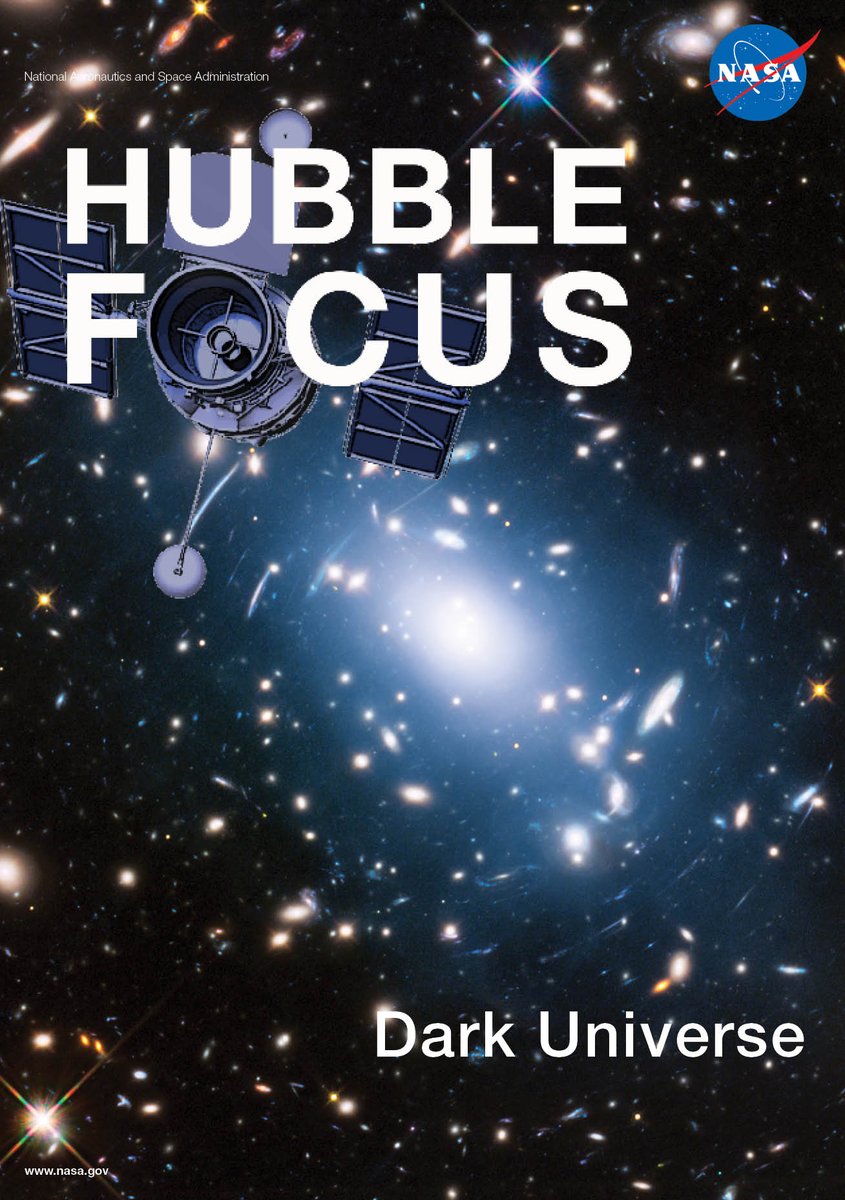

Galactic besties 🌀
The spiral galaxy in this week's #HubbleFriday image is NGC 5996. Beneath it to the left is a smaller companion galaxy called NGC 5994.
Together, this pair is known as Arp 72. They're both about 160 million light-years from Earth: go.nasa.gov/43HJhHn
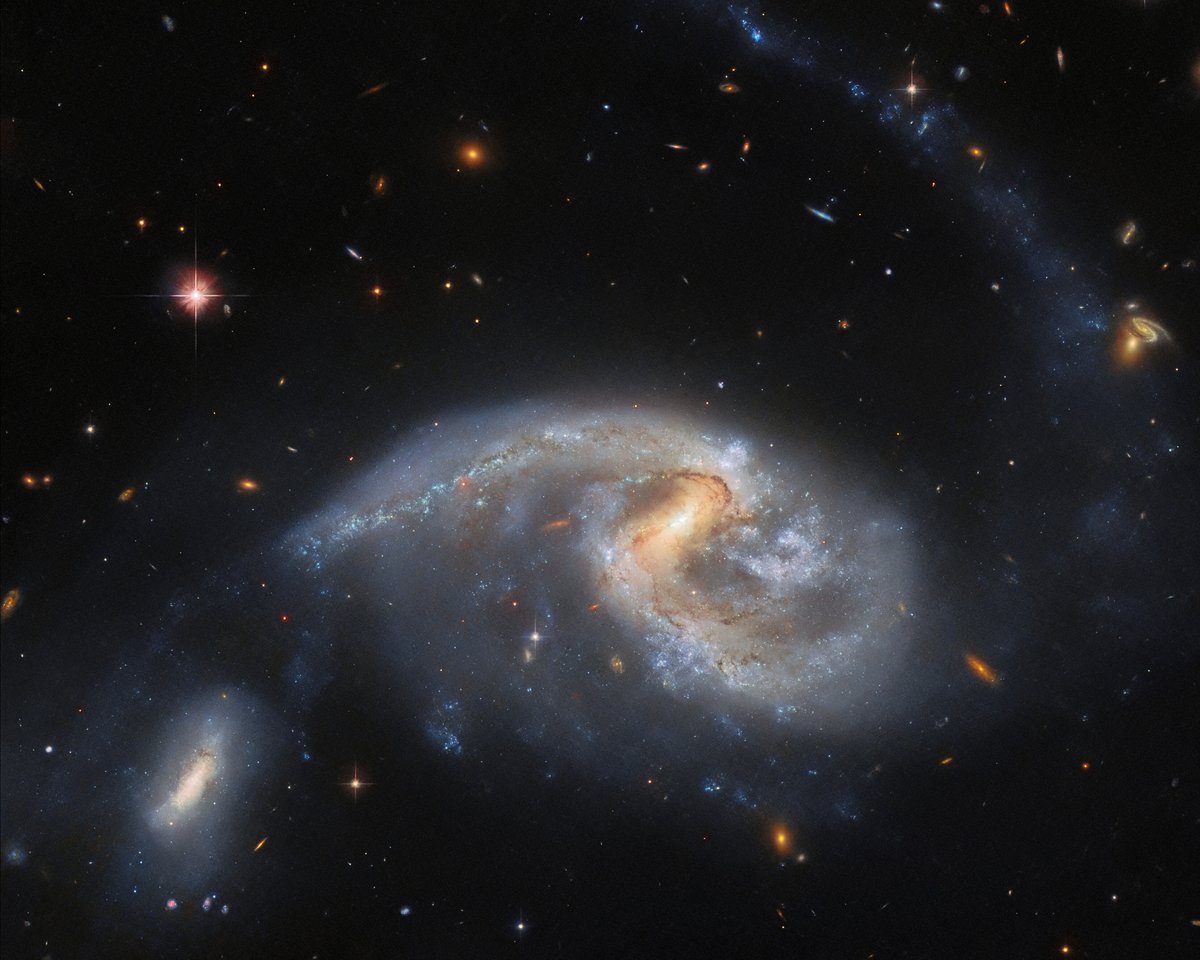

Spring cleaning? 🧹
Your dust bunnies probably aren't this big.
The opaque, dark knot of gas and dust in this #HubbleClassic view is a Bok globule – a concentration of elements that are responsible for the formation of stars throughout the universe: go.nasa.gov/3vAShBr
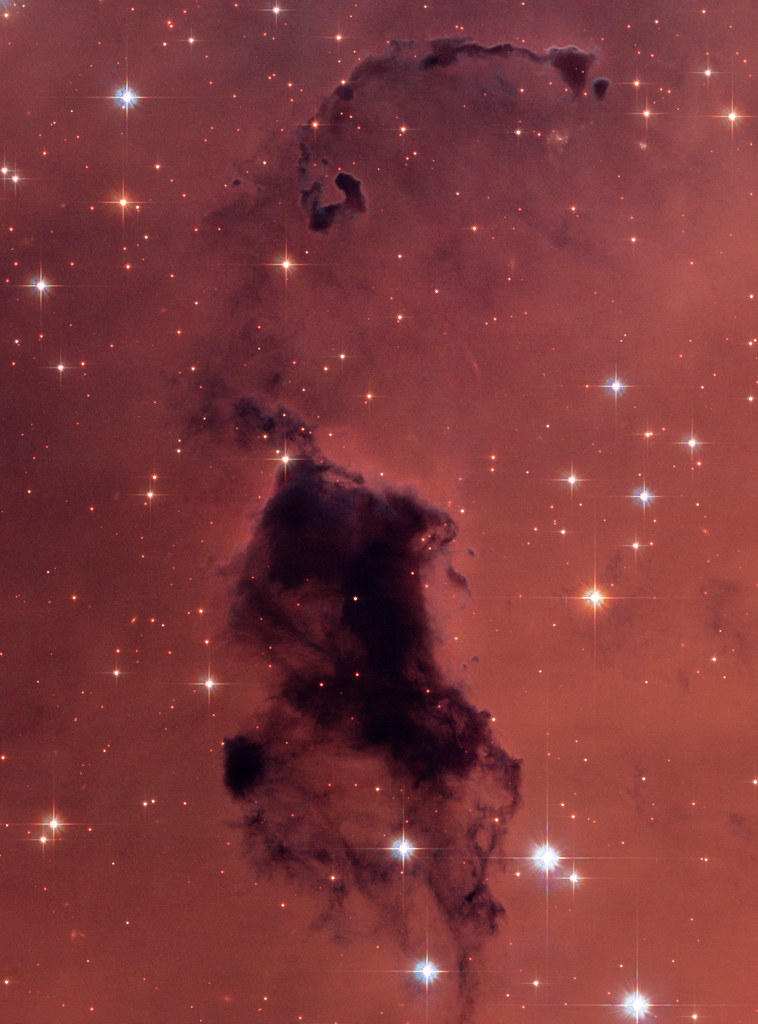



A field of stars ✨
This week's #HubbleFriday image features the globular star cluster NGC 1651. Globular clusters are roughly spherical groups of stars held together by their mutual gravity.
NGC 1651 is located about 162,000 light-years away: go.nasa.gov/3TYRy6x








